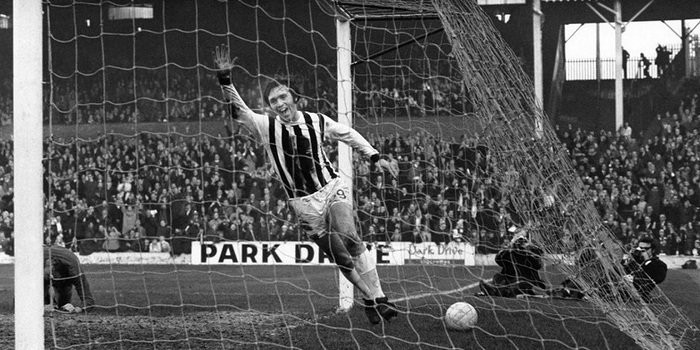
The Wrestlers
1965 - United Kingdom"Professional wrestling is a fascinating mixture of sport and theatre."
ITV could not have predicted that when it first aired two all-in wrestling matches on the evening of Wednesday 9 November 1955, live from West Ham Baths, the sport, which had only previously enjoyed a low profile among British sports fans, would go on to become one of the main draws of Saturday afternoon viewing and elevate the previously unknown stars of "grappling" to household names.
Wrestling soon became the mainstay of Saturday afternoon viewing and as a result of its exposure and the elevation of personality over brawn, wrestlers such as Mick McManus (The Man You Love to Hate), Les Kellett, Steve (Iron Man) Logan, et al, became as familiar to the public as Arthur Haynes, Bruce Forsyth and Norman Wisdom, as the spectacle of two or four men in a ring seemingly beating each-other up using such techniques as 'forearm smashes', 'half-Nelson's' and 'the piledriver', became a part of mainstream culture.
At the height of its popularity, Granada television presented a 45-minute documentary on Tuesday 5 November 1965, almost ten years after that first broadcast, where it delved deeper into the private lives of six wrestlers: villains, heroes and clowns each and every one of them, but all deadly serious about their trade. The programme asked, "What are these men like outside the ring, and how do they match up to their public image as rough, tough, fighting men?"
"Professional wrestling is a fascinating mixture of sport and theatre." The intro went on. "In the ring, the forces of good and evil confront each other, just as they do in the cowboy films and in the old morality plays."
Les Kellet, Bill Robinson, Abe Ginsberg, Jim Hussey, Johnny Eagles, Vic Faulkner, Alan Dennison and Roy 'Bull' Davies were the wrestlers who were interviewed as well as 71-year-old Billy Riley, an ex-middleweight world champion who was now a local fight promotor running his own gym. "To get to the world's most famous gymnasium (sic) you motor through Lancashire's "Black Alps", a chain of collier slag heaps, pick your way along a muddy, snaking footpath; pass through a rickety doorway; and there it is", the TV Times informed its readers.
"A soot-blackened, weather-warped wooden hut sandwiched between a greenhouse and an overgrown cabbage patch. Practically obscured among allotments, it is situated in Back Vine Street, Wigan, and stands in the shadow of the towering floodlights of Central Park rugby football stadium."
"The boast about the gym's worldwide notoriety is not exaggerated. At the turn of the century, brawny miners who wrestled in the fields for handsome side stakes made Wigan the freestyle wrestling centre of the globe. A prodigious number of champions have emerged from its 80,000 population, including a number of world title holders."

Billy Robinson, a former rugby league player who became British and European heavyweight champion, who also appeared in The Wrestlers documentary, vouched for Riley. "I was in Bombay and I had just demolished the local champion." The defeated fighter asked Billy where he learned to wrestle. "In a little place called Wigan in the North of England" came the reply.
"Ah Yes," said the Indian, "with Billy Riley?"
This was all a far cry from the staged Saturday afternoon bouts enjoyed from the sofa by millions of fans. Even granny (who was probably the most avid of those fans - mine was), hoped to see McManus and Logan get their comeuppance whilst also thrilling at the tag team of the balding Bert Royal and handsome Vic Vaulkner, were in hysterics at the antics of Les Kellett, or were just waiting for Kendo Nagasaki to be unmasked.

The documentary tried to balance the fantasy with reality. "There are no shortcuts to success," said Billy Riley. "If you're going to be a tip-topper, you've got to be a grafter."
Seen this show? How do you rate it?
Seen this show? How do you rate it?
Published on June 30th, 2023. Written by Malcolm Alexander for Television Heaven.










